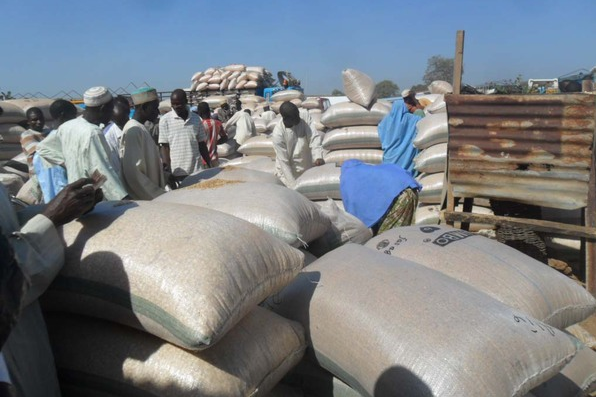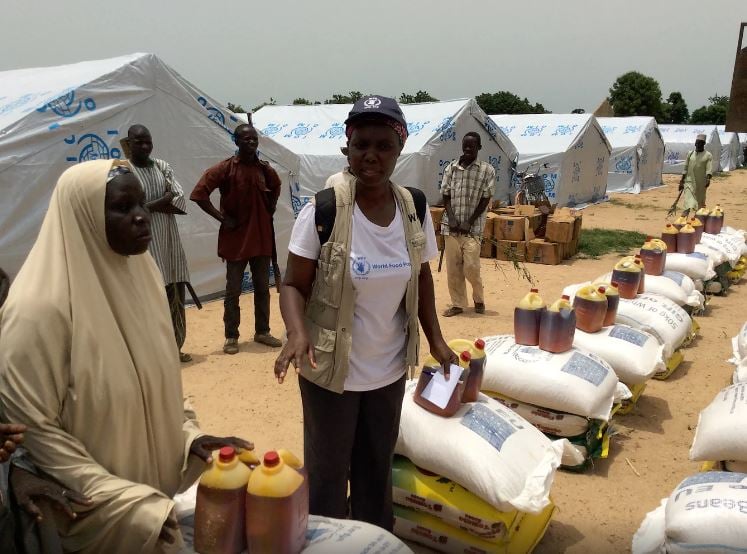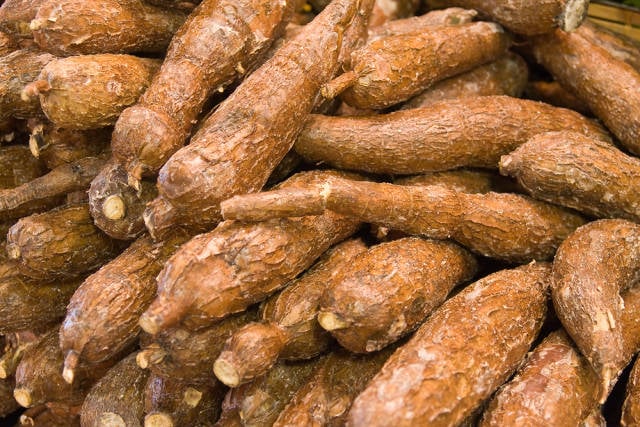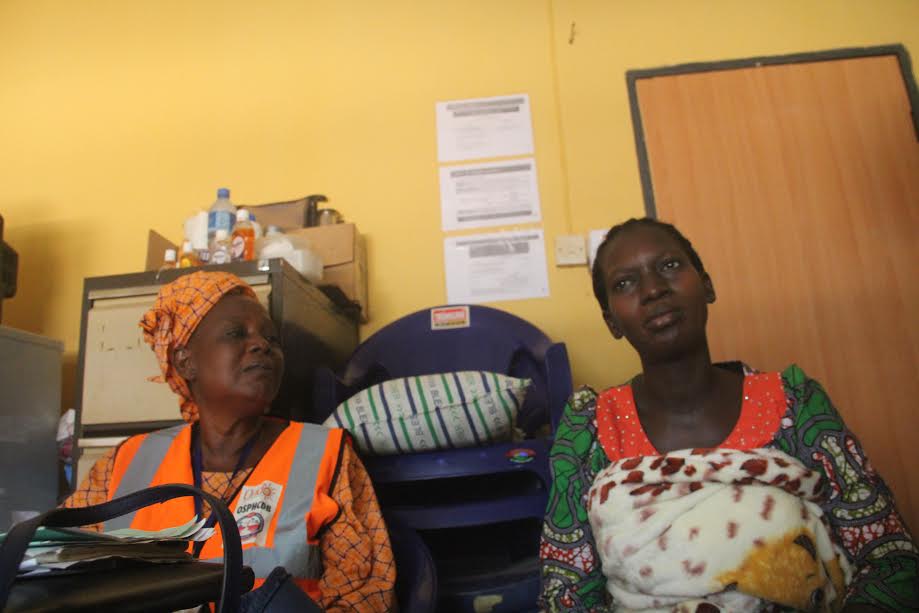The Food and Agriculture Organisation (FAO) of the United Nations says Nigeria’s cereal output increased in 2016 despite the setbacks caused by Boko Haram insurgency.
In a report released in February, FAO attributed the increase to well-distributed rainfall and enhanced government support to the agricultural sector.
“In spite of the late onset of the 2016 rainy season in the middle and northern parts of the country, above‑average and well‑distributed rainfall from mid‑July benefited crop development in the major producing states of the country. Moreover, an enhanced government support to the agricultural sector and higher commodity prices supported areas and yields increases in some regions,” the report highlighted.
“In the northeast, however, the Boko Haram conflict has had a huge impact on agriculture as a result of the large-scale population displacement and the restrictions imposed on agriculture activities, leading to a sharp drop in planted areas in some states, notably in Borno. Overall, the country’s aggregate cereal output in 2016 was tentatively estimated at about 22.6 million tonnes, 5 percent higher than the 2015 above-average level.”
Advertisement
FAO said that Nigeria is still the largest rice importer in Africa despite efforts made by government to reduce import dependency.
Projections by the Cadre Harmonisé (CH) analysis, which was conducted in October 2016, indicate that the food insecurity situation in the north-east is likely to deteroriate between June and August 2017.
“According to the last Cadre Harmonisé (CH) analysis conducted in October 2016 in Nigeria, 8.1 million people – 9% of the population studied – were facing acute food insecurity and required urgent lifesaving response and livelihood protection,” it said.
Advertisement
“Around 6.2 million people (7%) were in CH Phase 3: Crisis, 1.8 million (2%) were in CH Phase 4: Emergency and 55 000 people were in CH Phase 5: Famine (i.e. IPC Catastrophe). A further 18.6 million people (22%) were in CH Phase 2: Stress, requiring resilience-building interventions.
“Projections indicate that the situation is likely to deteriorate during the next lean period (June-August 2017): 8.7 million people are expected to be in Crisis, 2 million in Emergency and 121 000 in Famine conditions, bringing the total number of severely food-insecure people to 11 million.”







